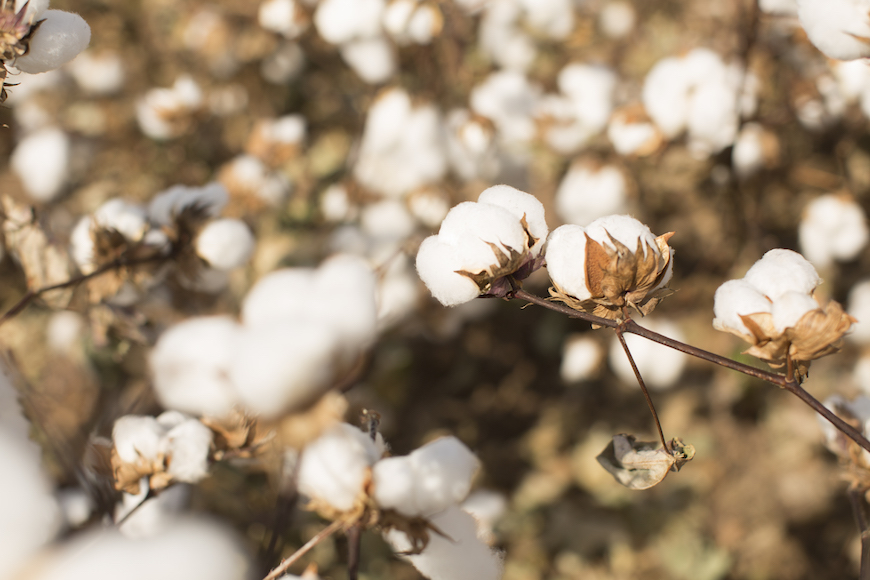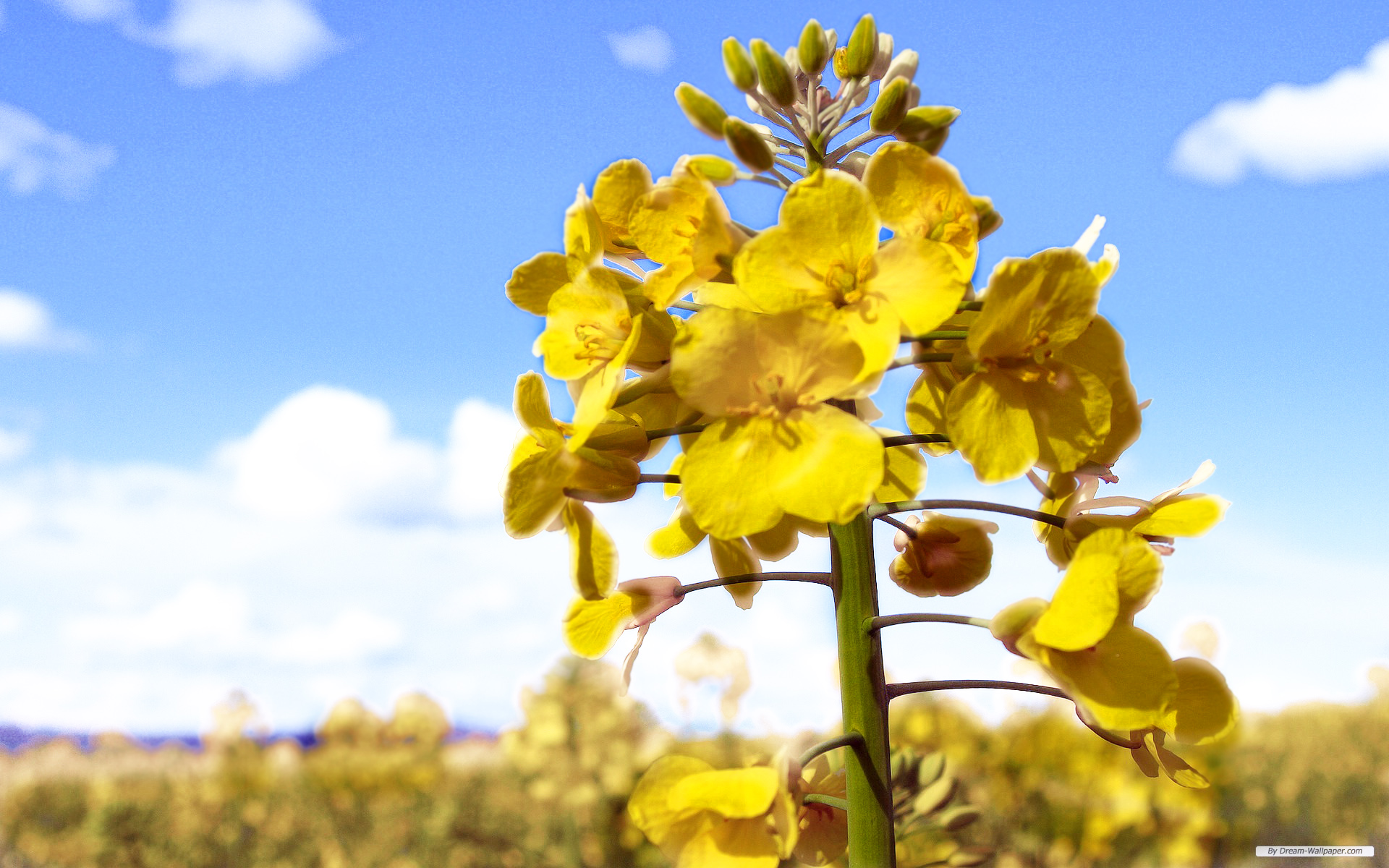Why Seed Treatments Are Critical For Crop Success

Your crop has its maximum potential before the seed ever hits the soil. Every day after planting, biotic and abiotic stresses can chip away at that seed’s yield potential. That’s why investing in an effective seed treatment is so important. Seed treatments help protect your seed investment to mitigate against those early-season risks that can have season-long consequences for your crop.
What Does a Seed Treatment Do?
Seed treatments include active ingredients, including fungicides and insecticides, that are vital for establishing a healthy crop. They offer protection against fungi, soil-borne pathogens and insects that can threaten a crop early in the season. Some seed treatments contain essential crop nutrients or biological components that can boost root development to support more vigorous seedling growth and development.Do All Crops Need Seed Treatments?
While I generally recommend a seed treatment across the board — whether for corn, soybeans, wheat or alfalfa — response to seed treatments will vary depending on the situation. For example, if you plant crops early into cool, wet soils, seed treatments can offer several weeks of protection against soil-borne pathogens and insects if germination is delayed.However, you may question whether seed treatments are necessary for crops planted in warmer soils, such as double-cropped soybeans after wheat harvest. Even in this situation, an effective seed treatment can still be beneficial, providing essential protection to support strong crop establishment.
Data from the WinField® United Answer Plot® program suggests that Warden® CX II seed treatment can increase yield potential by an average 2 to 2.8 bu/A in soybeans.1 Specifically designed for use as a seed treatment, Ascend® ST3™ plant growth regulator (PGR) can be paired with Warden CX II to make an even bigger impact. 2024 Answer Plot data shows when used together, Ascend ST3 PGR and Warden CX II boosted soybean yields by an average of 4.6 bu/A.2 When every bushel matters, optimizing your use of seed treatments is a relatively simple and cost-effective way to achieve those incremental yield bumps that can make a big difference at the end of the season.
Components of Effective Seed Treatments
Seed treatments are not a one-size-fits-all product, so it’s important to understand what you’re getting in your seed treatment package. A robust seed treatment typically includes fungicides, insecticides and sometimes inoculants.• Fungicides: The cornerstone of any seed treatment, fungicides help protect against soil-borne pathogens that threaten seedling health.
• Insecticides: An effective active ingredient, such as thiamethoxam, protects against early-season insect damage, particularly from pests like bean leaf beetles in soybeans.
• Inoculants: While sometimes viewed separately from the seed treatment package, inoculants are a crucial component for legumes like soybeans. They promote healthy root nodulation, which enhances nitrogen fixation, benefiting overall plant growth.
Additionally, specific treatments for managing soybean cyst nematodes and sudden death syndrome provide further protection for fields susceptible to these agronomic challenges. Other seed treatment add-ons may include biologicals and nutrients that can give crops an early nutritional boost for added stress tolerance and faster emergence.
How to Compare Seed Treatments
Now that you know not all treatments are the same, it’s important to understand how to compare them. One of the best strategies is to consult with your trusted agronomic advisor, who can provide insights into the efficacy of various treatments. When evaluating seed treatments, pay attention to active ingredients and application rates. Not all products with the same ingredient are equal; the concentration and formulation can significantly influence performance.You also should consider application method when comparing seed treatments. Dash™ PBC for corn and Dash® PBS for soybeans are planter box treatments, which can be an efficient choice to easily add to the planter box with no extra steps. These products provide seed lubrication with reduced dust vs. 80/20 talc/graphite, plus they help support germination and early plant health. Vetted by experts and listed on the WinField United BioVerified™ designation, a WinField United program that thoroughly reviews, tests and judges biological products like these, you know you can trust the data backing Dash PBC and Dash PBS (as well as Ascend ST3 PGR).
All CROPLAN® corn hybrids include Fortivent® Plus zinc seed treatment to help protect your investment at no extra cost. The addition of zinc helps plants absorb other nutrients from the soil as the seed germinates to improve vigor and emergence. This package also includes Poncho® VOTiVO® seed treatment and ethaboxam fungicide, which provides enhanced Pythium control. Data from Answer Plot trials show a 4.7 bu/A yield advantage with Fortivent Plus seed treatment compared to untreated controls.3 CROPLAN hybrids are one of the only in the industry offering this specialized zinc seed treatment, which can give you a yield advantage right out of the bag.

Start the Season Strong
Remember, a healthy root system in June can lead to a successful harvest in October. Seed treatments are a critical component of the yield equation, providing essential protection against threats that can limit your crop’s potential. Engaging in informed discussions with retailers, comparing products carefully and investing in robust seed treatments helps set the stage for a productive growing season.
For more information about seed treatment stacks for your crops, talk with your local WinField United retailer.
12020-2022 Answer Plot and TSI trial data.
22024 Answer Plot data.
32018 Answer Plot data. Based on 41 locations.
All photos are either the property of WinField United or used with permission.
© 2025 WinField United. Important: Before use always read and follow label instructions. Crop performance is dependent on several factors many of which are beyond the control of WinField United, including without limitation, soil type, pest pressures, agronomic practices and weather conditions. Growers are encouraged to consider data from multiple locations, over multiple years and to be mindful of how such agronomic conditions could impact results. Ascend, Answer Plot, BioVerified, CROPLAN, Dash, Fortivent, ST3, Warden and WinField United are trademarks of WinField United. All other trademarks are the property of their respective owners.




